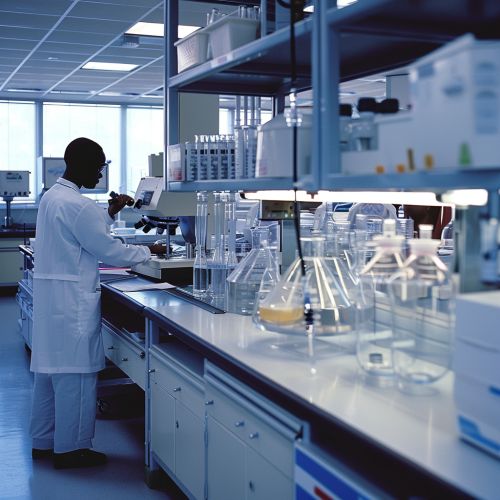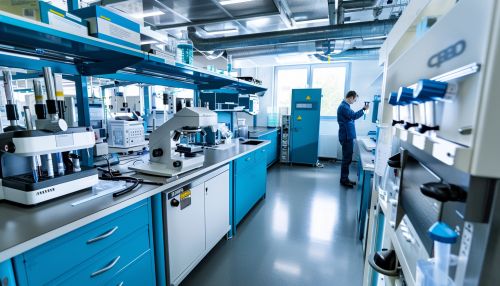Laboratory Experiments
Introduction
Laboratory experiments are a crucial part of scientific research, providing a controlled environment in which hypotheses can be tested and new knowledge can be discovered. They are used across a wide range of scientific disciplines, from physics and chemistry to biology and psychology. This article will explore the nature of laboratory experiments, their design, execution, and the role they play in the advancement of scientific knowledge.


The Nature of Laboratory Experiments
Laboratory experiments are characterized by their controlled environment, which allows researchers to isolate variables and measure their effects accurately. This is in contrast to field experiments or observational studies, where variables cannot be controlled to the same extent. The ability to control variables is one of the main advantages of laboratory experiments, as it allows for precise measurements and reduces the risk of confounding factors.
Designing a Laboratory Experiment
The design of a laboratory experiment involves several key steps, including the formulation of a hypothesis, the identification of variables, and the selection of appropriate experimental methods.
Hypothesis Formulation
The first step in designing a laboratory experiment is to formulate a hypothesis. This is a proposed explanation for a phenomenon that can be tested through experimentation. The hypothesis should be specific and testable, and it should be based on existing scientific knowledge.
Identification of Variables
The next step is to identify the variables that will be manipulated or measured in the experiment. These include the independent variable (the variable that is manipulated by the researcher), the dependent variable (the variable that is measured), and any potential confounding variables (variables that could affect the outcome of the experiment but are not the focus of the research).
Selection of Experimental Methods
The final step in the design process is to select appropriate experimental methods. This includes deciding on the type of experiment (e.g., controlled experiment, randomized controlled trial, etc.), the experimental procedure, and the methods for data collection and analysis.
Conducting a Laboratory Experiment
Once the experiment has been designed, it can be conducted. This involves following the experimental procedure, collecting data, and analyzing the results.
Experimental Procedure
The experimental procedure is a detailed plan of how the experiment will be conducted. It includes instructions for manipulating the independent variable, measuring the dependent variable, and controlling any confounding variables. It is important that the procedure is followed exactly to ensure the reliability of the results.
Data Collection
Data collection involves measuring the dependent variable and recording the results. This can be done using a variety of methods, depending on the nature of the experiment. For example, in a chemistry experiment, data might be collected using spectrophotometry, while in a psychology experiment, data might be collected through surveys or observations.
Data Analysis
Once the data has been collected, it can be analyzed. This involves using statistical methods to determine whether the results support the hypothesis. The specific methods used for data analysis will depend on the nature of the data and the goals of the experiment.
The Role of Laboratory Experiments in Science
Laboratory experiments play a crucial role in the advancement of scientific knowledge. They allow researchers to test hypotheses, discover new phenomena, and develop new theories. They also provide a basis for the development of new technologies and treatments in fields such as medicine and engineering.
